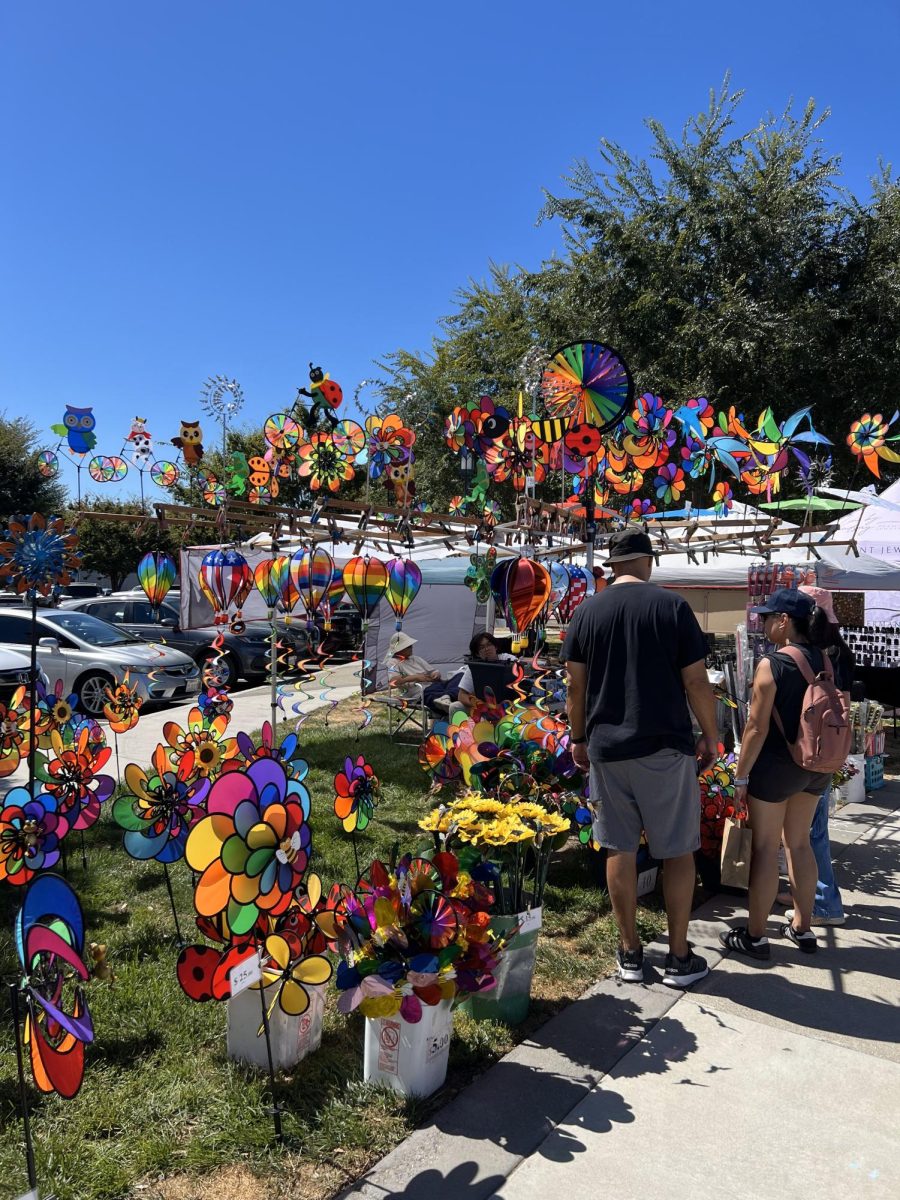“Leaves of three, let them be.” What do you think of when you hear this phrase? Likely, it is the poison ivy plant. However, this does not grow on the west coast, and we Californians must instead look out for its equally irritating counterpart – the poison oak.
Poison oak is not actually an oak – instead, it is a vine in low sunlight and a shrub in full sun. It gains its name from the lobed, oak-like shape of its leaves, making it commonly confused with the trees.
All parts of the plant contain an oil that can irritate the skin on contact but will likely not release unless damaged. It is generally advised not to touch poison oak, but it is not lethally dangerous.
The poison oak grows with groups of three to seven leaves, with colors ranging from green to a purplish-red. It can grow from a few inches tall as a ground cover to sixteen feet as a vine. It can be particularly hard to identify in the winter, when it drops its leaves and lays unassuming, which is why it is ill-advised to go around touching or harvesting unidentified plants.
The poison oak multiplies when birds eat its berries and release the seeds as droppings, or by layering, a process where roots emerge from existing vines to create a new system, which eventually separates from the parent organism to become its own plant.
Somewhat surprisingly, this plant does actually have its benefits to the ecosystem. A fast-growing native plant, it can protect the area from invasive species and help populations recover after fires and other destructive events. Local herbivores and omnivores can also eat its leaves and stems without suffering the same itchy rash as humans do when exposed to urushiol oil. The reason they can do this is because poison oak rash is actually an allergy, not a reaction to a true poison, and even some lucky humans are completely okay in contact with urushiol.
The poison oak vine does have some medicinal uses, at least according to the Ohlone, who ingested small amounts of it to, ironically, prevent the rash. They also used it to prevent colds. The Chumash people, on the other hand, used a boiled poison oak blend to treat dysentery, with varying degrees of success.
If you find poison oak while out on a walk or a hike, do not go near it, as there may be more where that came from. If you touch poison oak, wash thoroughly with soap and water, and apply calamine lotion if possible. Try not to touch other people or other parts of your own body if possible, and if the reaction is severe, you can call the poison control center for professional help with dealing with this irritant. Never burn poison oak while people are in the vicinity, for the smoke can carry urushiol oil to everything in the region, possibly irritating peoples’ whole bodies and, in unfortunate cases, even the lining of their lungs.
Overall, however, poison oak is not a daily danger to most people. Unless you regularly go hiking into forests and rub against various plants, you do not need to worry excessively about this. Just keep in mind: Leaves of three, let them be.


































